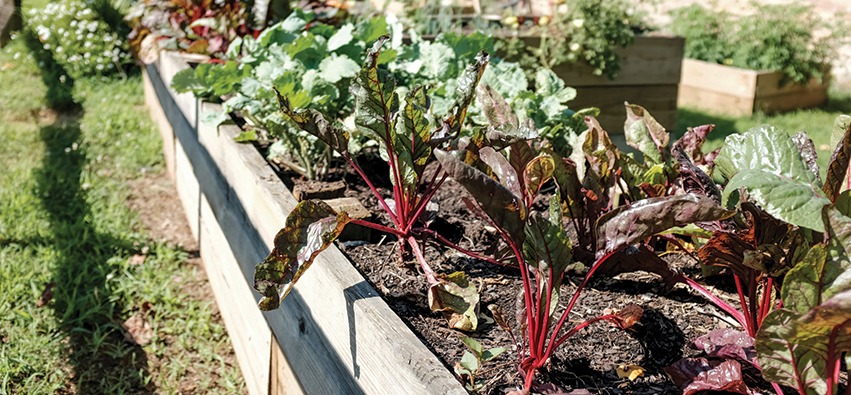Start Your Spring Garden Off Strong!

Cloudy, cold winter days may seem endless, but as the weather warms, bulbs will bloom and grass will green, giving way to sure signs of spring. So grab your trowel and get ready! Here are some tips for you to start your spring garden off strong:
- Buy your summer-flowering bulbs, seeds and transplants early. Last year, many seeds and transplants were in short supply or out of stock. This spring, order your seeds early and purchase your transplants as soon as they are available.
- When starting seeds, it’s important to avoid damping-off disease. Damping-off will cause seedlings to wilt and die. Use a pasteurized soil-less medium. Keep the temperature around 65 to 70 degrees Fahrenheit for best germination, and provide bottom heat if possible. Most of all, avoid overwatering.
- Prepare soil before planting. This means removing rocks and debris. Dig in a two-to-four-inch layer of organic matter, which helps to break down heavy clay soils and improves drainage.
- Never work soil when it is wet. Doing this will cause it to dry into concrete-like clods. Pick up a handful of soil before digging and squeeze. If it crumbles easily, it is ready to be dug. If it doesn’t, it is too wet. Allow the soil to dry for a few more days and test again before digging.
- Be prepared for late spring frosts. Cover tender plants with row covers, cardboard, blankets, hot caps or newspaper. Do not use metal or plastic for protection, because these can conduct cold to plants. The latest spring frost occurred in Rockford on May 27, 1992. The growing season between the last spring frost and the first fall frost ranges from around 160 to 190 days from northern to southern Illinois.
- Buy healthy transplants. Leaves and stems should be green and healthy without any signs of yellowing or browning. Gently remove transplants from their pot and check the root system. Roots should be white with visible soil. Check for insects such as whiteflies or aphids.
- Harden off transplants. Before exposing transplants to cool spring temperatures, wind and sun, gradually introduce them to the outdoor environment over a 10-to-14-day period. At first, place the transplants in a shaded area for a few hours. Gradually increase their exposure to sunlight each day until they are outdoors for 24 to 48 hours before planting.
- Divide perennials. Dig around the plant and lift the clump out of the ground. Break the clump into sections. Larger sections will re-establish more quickly than smaller sections. Keep the clumps moist until ready to plant.
- Cut back ornamental grasses to about four to six inches. Failing to remove foliage delays the warming of the plant’s crown and slows new growth. Ornamental grasses should be divided in the spring if the center of the plant has died out or if it has become overgrown. PM
Ron Wolford is a horticulture educator with the University of Illinois Extension. For more information, check out Illinois Extension resources at go.illinois.edu/BulbInfo or go.illinois.edu/StartingSeeds.
